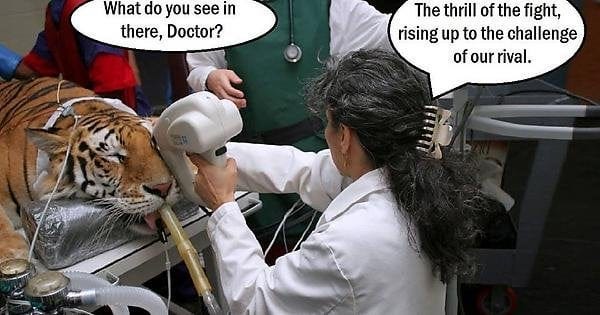Microgravity in the Microvessels
The eyes are the windows into micro-vascular changes in microgravity. See what happens in space and our strives to counteract its effects.
The problem
Microgravity causes cardiovascular deconditioning. But the cardiovascular system ranges widely in diameter all throughout.
Consequently, the bulk of the system is largely understudied, particularly in microgravity. As you may have gessed from the title, we’re talking about the microvasculature, from arterioles to venules, passing through the capillaries.
As the connection point between system and tissue, it’s obviously of high importance to understand how these behave in a different environment and how we can mitigate any detrimental impacts.
One way to study this is by assessing retinal blood vessels. A number of advantages arise with studying such a central but at the same time accessible part of the system:
Functional and strutural similarities to cerebral microvasculature.
Easily accessible non-invasibly through the eye.
Now, here’s the deal: the spaceflight environment has showed to produce an increase of oxidative stress, which in turn may impact systemic microvasculature. Brain microvascular dysfunction, in turn, has shown to contribute to issues that arise during spaceflight. How can we mitigate this?
The (potential) solution
Can a specific antioxidant/anti-inflammatory cocktail attenuate the impacts on retinal blood vessels induced by HDBR?
The path
Population → 19 individuals (1 was excluded) exposed to Head Down Tilt Bed Rest (HDBR).
Want to learn more about HDBR? Check our previous newsletter explaining what it is and what’s the point of doing it here:
Exposure Group → daily administration of a antioxidant/anti-inflammatory pill countaining polyphenols, vitamin E, selenium, and omega-3 acid.
Control Group → daily placebo.
Outcomes:
Retinal imaging was used to assess arteriolar and venular diameters.
ECG + transcranial doppler + blood pressure + end-tidal CO2 was used to assess overall cerebral hemodynamic changes and responses throughout the intervention.
And? What happened?
Both groups experienced increased arteriolar and venular diameters after exposure to HDBR → in line with previous studies focusing on the impacts of HDBR.
Marked adaptations in cerebral hemodynamics were observed, namely greater pressure and vasoconstriction, with potential concerning implications in cerebral autoregulation mechanisms and chronic perfusion.
There appeared to be no differences between the two groups regarding retinal blood vessel or cerebrovascular regulation.
Take-home messages
Prolonged bed rest appears to markedly impact cerebral hemodynamics - wonder what this could mean to bed-ridden patients and healthcare outcomes…
Maybe this cocktail is not the right one… or maybe nutritional-only countermeasures are not the right choice…
Comparison data with actual spaceflight is still missing.
Future studies in microgravity should try to replicate the outcomes assessed during HDBT studies, in order to properly validate these results.
Thank you very much for Spacing Out with us. Feel free to share this issue with your friends and colleagues; you can also find the links to the original research paper(s) below. Ad astra!
References
Louwies, T., De Boever, P., Hasso, R. et al. Retinal blood vessel diameter changes with 60-day head-down bedrest are unaffected by antioxidant nutritional cocktail. npj Microgravity 10, 105 (2024). https://doi.org/10.1038/s41526-024-00443-y
Taibbi, G., Young, M., Vyas, R.J. et al. Opposite response of blood vessels in the retina to 6° head-down tilt and long-duration microgravity. npj Microgravity 7, 38 (2021). https://doi.org/10.1038/s41526-021-00165-5







